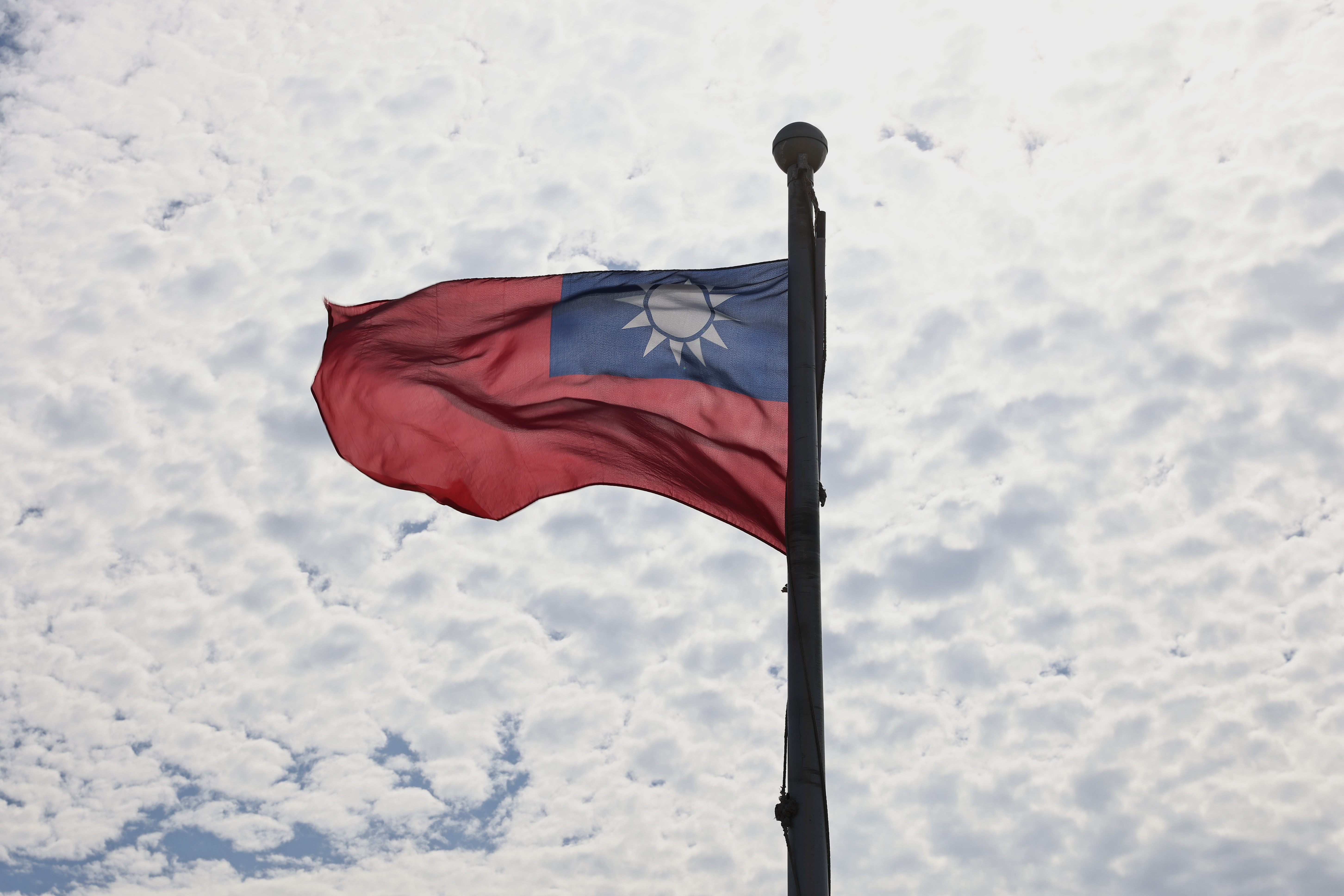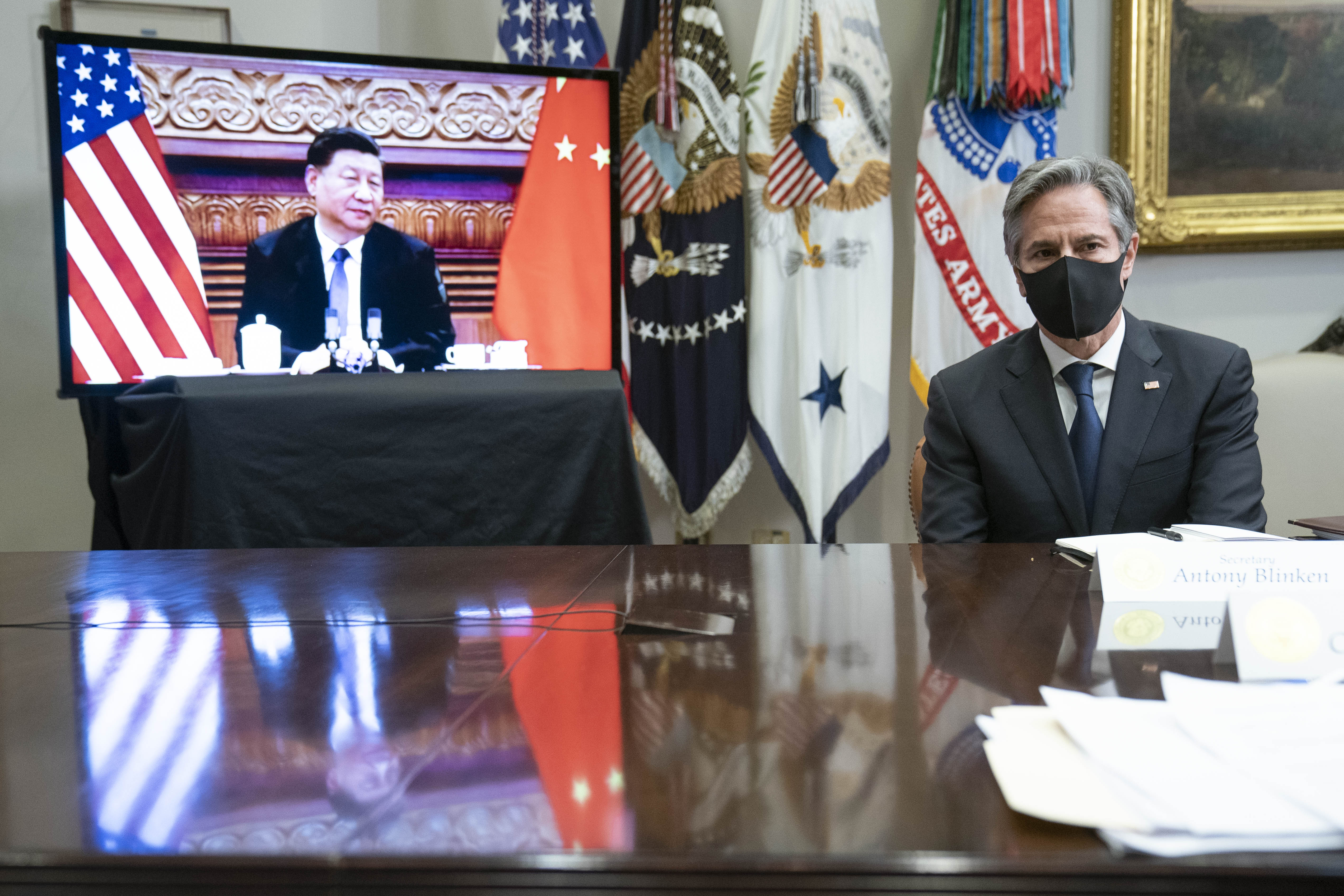China Tightens Policy towards Taiwan
China treated the visit of Speaker of the House of Representatives Nancy Pelosi to Taiwan at the beginning of August as an expression of U.S. efforts to change the status quo in the region. The reaction of the Chinese authorities was calculated as a controlled escalation of tensions in the Taiwan Strait, but without the risk of direct military confrontation. Harsh rhetoric, military exercises around the island, and the limitation of dialogue with the U.S. confirmed the intention of China to take over Taiwan in the coming years. For the EU, this means the need to intensify support for Taiwan, including the development of political and economic contacts.
 THOMAS PETER/ Reuters/ FORUM
THOMAS PETER/ Reuters/ FORUM
Since the disclosure of Pelosi’s plans to visit Taiwan, China emphasised that it would mean a break with earlier arrangements concerning Taiwan, including the joint China-U.S. communiqué on establishing diplomatic relations in 1978. The Chinese authorities stated that the visit would not go without a reaction, even up to a military nature. This position was initially intended to prevent the visit and, by escalating the rhetoric towards Taiwan and the U.S., to confirm the determination of the Chinese authorities to defend China’s interests. Pelosi’s visit was also a subject of a conversation between China’s President Xi Jinping and U.S. President Joe Biden on 28 July this year. During the conversation, Xi did not rule out the possibility to use force in response to the U.S. declarations that the visit would be organised.
Propaganda Offensive and Political Sanctions
China reacted to the visit with a propaganda campaign accusing the U.S. of violating the “One China” policy and interfering in its internal affairs. The aim was to create the impression that the U.S. was provoking a conflict in the region by seeking to change Taiwan’s status. According to China, this campaign was meant to, among others, increase concerns among Indo-Pacific nations, including ASEAN members, as well as the Taiwanese. It was reinforced by a number of manipulated photos and videos showing the false operational readiness of the Chinese armed forces and published on social media and elsewhere. This content was formulated by the Chinese Ministry of Foreign Affairs and was duplicated by Chinese diplomats, who also falsely referred to support from more than 170 countries and international organisations for China’s interpretation of the “One China” principle. The propaganda was included in a white paper titled “The One-China principle and the Taiwan issue” published on 10 August. It reiterates the assumptions of Chinese policy, including Taiwan's centuries-old affiliation with China, and emphasises the need to “reintegrate” the island, even by force (in response to “destabilisation of the situation by the Taiwanese Democratic Progressive Party, or “external forces”). The basis of “unification” is still to be the principle of “one country, two systems”, which in China’s discourse guarantees the maintenance of the democratic freedoms of the Taiwanese.
In the wake of the visit, China decided to cancel indefinitely some of the sectoral dialogues with the U.S. and to suspend others, including climate or military contacts, which reduces the already limited communication between the countries. However, information exchanges at lower levels were maintained.
Economic Retaliation
Even right before Pelosi’s visit, China suspended 35 companies from the Taiwanese food industry, extending the restrictions imposed in 2021. After Pelosi left Taiwan, China, using the pandemic threat as an excuse, additionally banned the import of some fruits and fish. Shipments to Taiwan of sand, a raw material for semiconductors, was halted. However, the restrictions applied by China were more of political, not economic, significance and were aimed at creating problems in certain industries to reduce the Taiwanese support for the government. However, they will not cause a crisis in the Taiwanese economy, as food exports account for only 0.6% of total shipments from Taiwan to China, where key sectors include electronics and the machine industry. The Taiwanese finance ministry estimates that in August, the value of all exports will increase by 8-12% compared to July, and the economy is threatened more by the weak international economic situation than the sanctions from China. For food producers, the Taiwanese authorities have launched a $7 million fund to promote their products, mainly in the U.S., Malaysia, Singapore, Vietnam, and South Korea.
Activities in the Sphere of Security
The most radical element of China’s response was military actions. Even before Pelosi’s visit, China tested drones over Taiwanese islands in the Matsu Archipelago and Chinese warplanes breached the Taiwanese air defence identification zone. In total, almost 300 such violations were recorded from 2 August to 17 August. From 4 August to 8 August, military exercises using live ammunition took place in seven sea zones around Taiwan. In addition to the cooperation of the navy (including the Liaoning aircraft carrier and a nuclear submarine) and air forces, they included the launch of 11 ballistic missiles (including DF-15B short-range missiles), five of which landed in the Japanese exclusive economic zone. However, during the exercises, the airspace over the island and Taiwan’s territorial waters was not violated by the Chinese armed forces. More than 200 People’s Liberation Army (PLA) planes crossed the “centreline” that Taiwan recognises as the “border” in the Taiwan Strait (compared to 23 times in 2020). Declarations by China made after the official end of military operations (10 August) indicated that crossing the “centreline” and operations around Taiwan would become the norm of PLA activity.
In response to the visit, there were also more cyberattacks, primarily against Taiwan’s political and military institutions. They were run by hacker groups linked to Chinese authorities, including “APT-27”. These included hacks into the websites of the president of Taiwan, the Ministry of Defence and Foreign Affairs, and propaganda campaigns in 7-Eleven stores, where hijacked monitors displayed anti-American slogans. Compared to the situation at the turn of 2021/2022 when some transactions had to be suspended by Taiwan’s financial institutions, this time, the attacks did not lead to serious damage, for example, in critical infrastructure.
Prospects and Conclusions
China’s actions after Pelosi’s visit to Taiwan were mainly demonstrative. They made it possible to clearly present China’s opposition to the U.S. and confirm its basic goals in its policy towards Taiwan. However, China did not want to excessively aggravate the situation, due to the risk of an armed conflict, which it is not yet ready to start politically or militarily. The overriding goal was to strengthen Xi’s position in the government apparatus before the 20th Congress of the Chinese Communist Party (CCP).
The actions of the Chinese authorities do not indicate a change in their plans for Taiwan, which are still based on the inevitability of the island’s annexation, as confirmed by the white paper. The rather conciliatory tone of the document with regard to the Taiwanese may also signal another attempt to convince them to accept the “reintegration” plans. However, surveys in Taiwan in August show that over 80% of citizens do not accept the “One China” principle, which assumes that Taiwan is a part of China. More than half of Taiwanese (52%) supported Pelosi’s visit, compared to 24% against it.
China’s revisionism, as well as Russia’s support for the potential accession of Taiwan, or Xi’s order authorising a “special military operation” confirm China’s long-term desire to change the status quo in the region. Due to Taiwanese opposition to “reintegration”, this could lead to military action in the Taiwan Strait in the long run. In the short term, most likely until the fall of 2022 when the 20th CCP Congress will take place, China will maintain a high level of escalation. However, it risks errors that could lead to an accidental outbreak of a conflict. Pelosi’s visit and the declarations of support for Taiwan by President Joe Biden demonstrate the U.S. awareness of China’s striving to change the status quo of Taiwan and the need to counter it.
The likelihood of an escalation in the coming years also requires the EU and its Member States (including Poland) to tighten their political and economic relations with Taiwan. Strengthening Taiwan would serve to maintain stability in the region, inhibiting the Chinese activities. It also would increase the political importance of the EU in the Indo-Pacific. This would not mean taking up the role of a mediator or abandoning the “One China” policy, but rather interpreting it in line with the EU’s interests, such as increasing its potential in the semiconductor sector or defending democratic values against Sino-Russian cooperation. The current situation is an opportunity for EU countries, including Poland, to support Taiwan by increasing food imports from the island, as well as cooperation in the field of modern technologies. An example of a similar policy is the actions of Lithuania (its exports to Taiwan in the first half of 2022 increased almost to the level of sales to China), and the decisions of Estonia and Latvia or Czechia’s plans to leave the China-led “16+1” initiative indicate that these countries are also changing their approach to relations with Taiwan and China.





